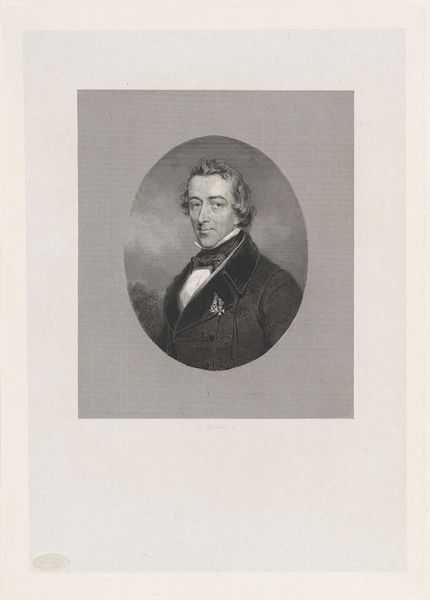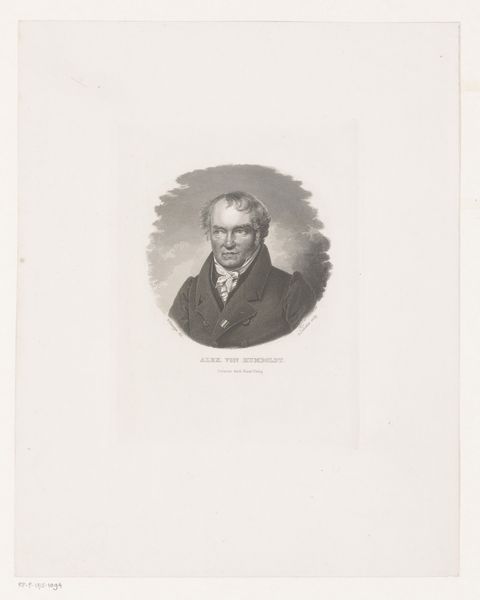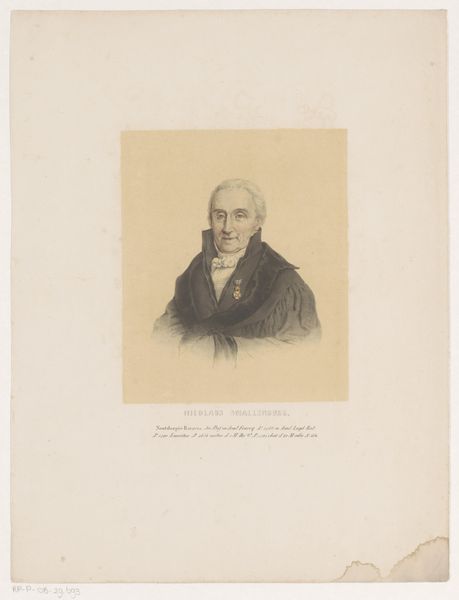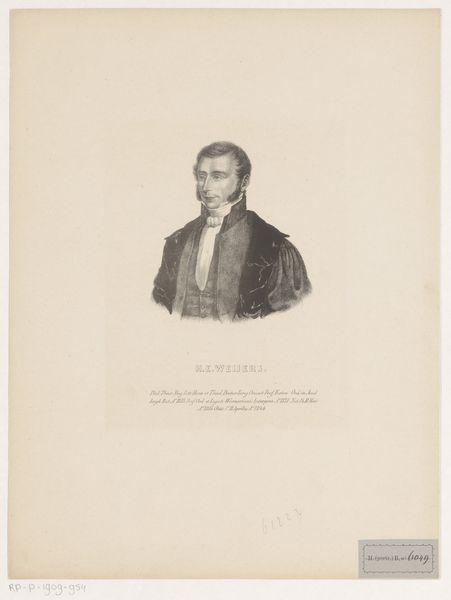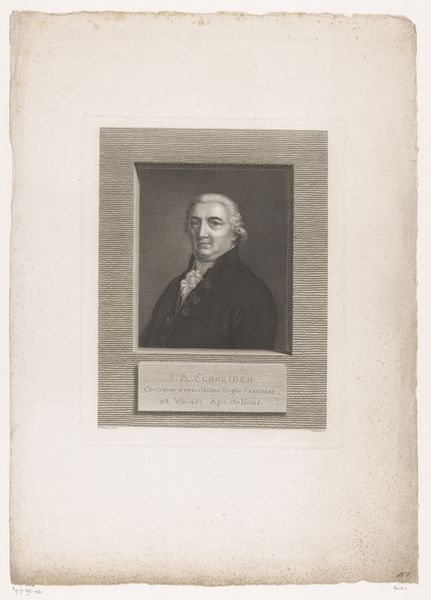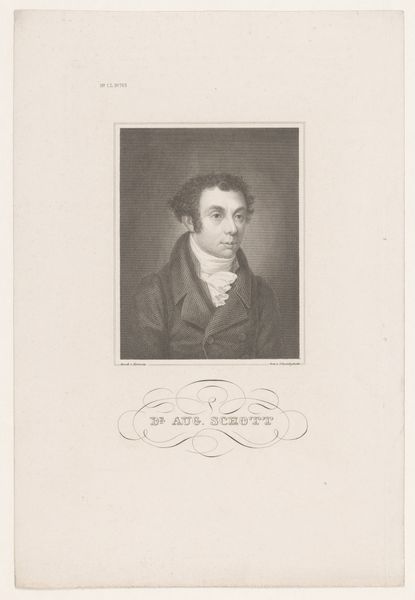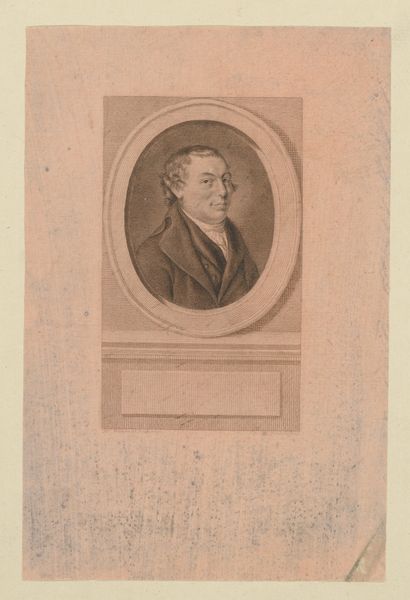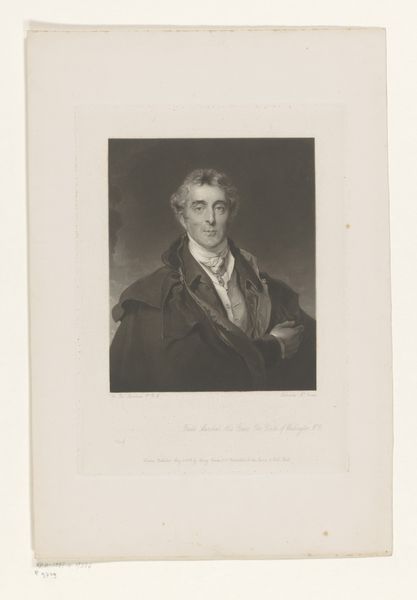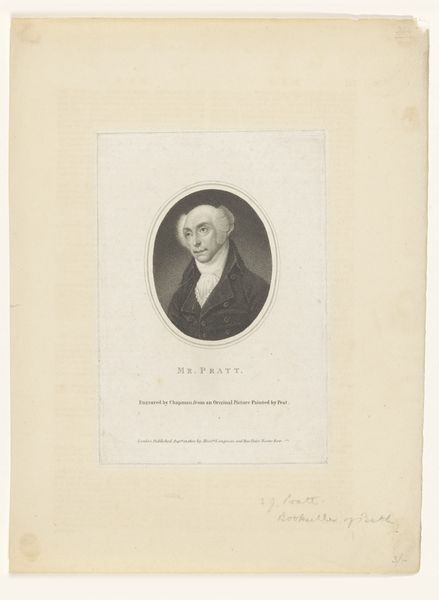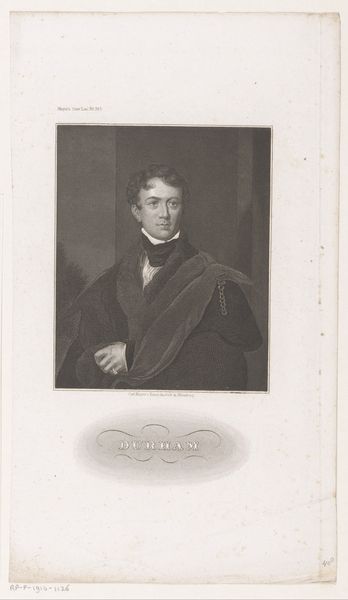
#
portrait
#
neoclacissism
# print
#
history-painting
Dimensions: height 503 mm, width 350 mm
Copyright: Rijks Museum: Open Domain
Editor: Here we have "Portret van Thomas Chalmers," created sometime between 1767 and 1826 by William Ward. It's a print, a medium I don't often consider for portraiture. I find it kind of austere. What's your take? Curator: Well, consider printmaking's place in society then. Prints democratized image production, making portraits like this accessible beyond the elite. The labor involved in creating this matrix is a factor: each line etched or engraved a testament to skilled handiwork, pushing back against painting's assumed superiority. Notice the detailed pattern on the table covering? Editor: Yes, it looks almost Middle Eastern in origin! Curator: Precisely! Consider then the origin of the dyes, the accessibility to diverse pattern designs based on trade relationships with other parts of the world at the time. The image also suggests Thomas Chalmers was part of a literate and professional class. The availability and expense of these tools say much about Chalmers' status. Editor: So, the act of creating this print, the material used, and what's being represented tell a story of both the sitter and society at large? It’s not just about likeness, but production and consumption. Curator: Exactly. Even the paper stock speaks volumes. The material conditions dictate how art functions and for whom. Can a portrait of a man really only tell about *him*? Editor: I suppose not! I'll never look at prints the same way again! Thanks. Curator: My pleasure. Always consider the production, the materiality, and who has access.
Comments
No comments
Be the first to comment and join the conversation on the ultimate creative platform.

